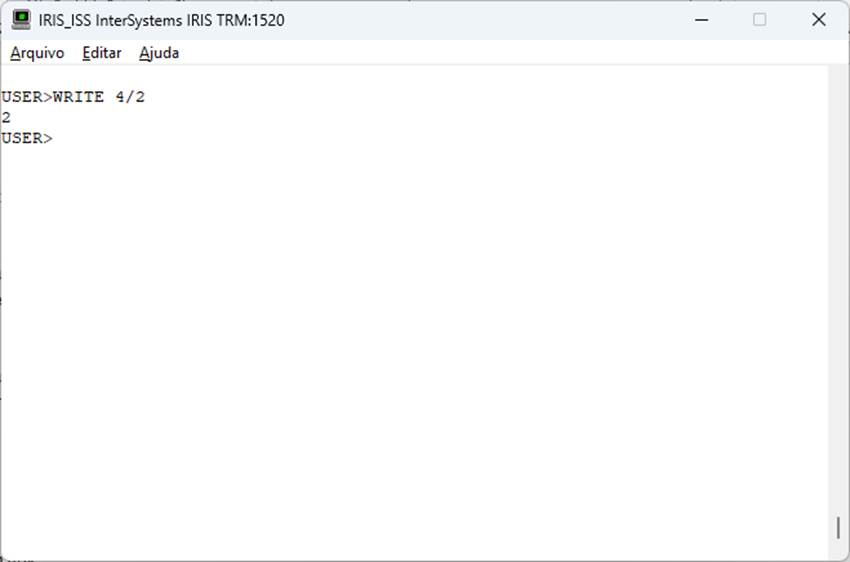Hi Community,
As part of our birthday celebration, we’ve put together a special timeline video showcasing the key milestones, growth, and achievements of the Developer Community and its Ecosystem over the past decade 🎆
Take a look at how far we’ve come, and how much we’ve built together:
https://www.youtube.com/embed/iZCfGAdWB2g
[This is an embedded link, but you cannot view embedded content directly on the site because you have declined the cookies necessary to access it. To view embedded content, you would need to accept all cookies in your Cookies Settings]


.png)
.png)
.png)

.png)
.png)